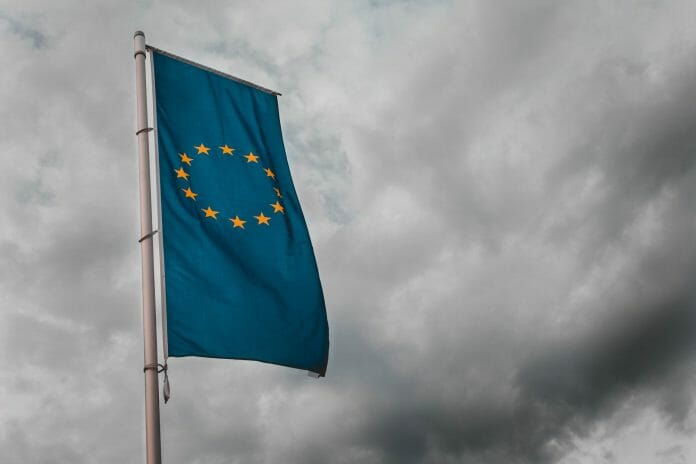By Peter Lundgreen,
The huge EUR 750-billion rescue package still has no final approval in EU, though it should be ready when the calendar says “2021”.
In Europe, many are probably waiting for the year 2020 to come to an end when New Year’s Eve arrives. In the move from the end of one year to the beginning of the next year, there will be no immediate change in the fundamental economy, company investments, private consumption, etc,
apart from the fact, that a difficult year for many, is coming to an end. The Europeans step into a new year that starts up where this year ends. There is a macroeconomic difference, as over the past months, many European countries have approved the national fiscal budgets. Several countries have naturally introduced more public spending and rescue plans that partly are generally focused, with some directed towards specific sectors. Also, the huge extra rescue funds will be effective from the 1st January. In the beginning, the major share of the different packages mainly have a rescue element, but over time, the aim is to boost the EU economies.
The incredibly famous and EU-wide 750-billion EUR huge rescue package has been announced several times, and every time, “as approved”. The reality is that the rescue package is not finally approved yet, as Hungary and Poland are still blocking the deal and have not yet given their acceptance. The conflict is of political origin, though I expect the majority of the participants in the financial markets to have a firm conviction that an agreement will be reached.
Put in another way, the immediate positive effects in the financial markets are already priced in. So, when the rescue package is most likely and finally approved within the next weeks, then it should not push the markets much higher. Though concerning the economic growth and in dealing with the crisis, the rescue package will have an importance.
Despite that the rescue package was first agreed on at an early stage of the Covid-19 crisis, the intention was that it should be effective from the 1st January 2021 and onwards, which means that that time has not been lost yet.
The intention is that the economic aid will predominantly be allocated to the countries with the biggest drop in the GDP growth. Though there is an interesting feature incorporated in the agreement, as there is a special bias towards support to a change in the EU economies. Support of digital development, IT infrastructure, and the new era of smart companies is apparently what the European leadership wants to grow.
For many, it might sound like a great idea, and it is, but it’s a challenge when the high end of the IT-sector is not very well developed in Europe. To get this accelerated will take some time, wherein a couple of years isn’t a long time, and a much longer time is required before such investments really pay off.
Another delaying factor of the support distributed to the economies is simply that the virus holds Europe in a very tight grid, and it will stay so for some time. Though if the timing is correct, then the recovery could feel like a small boom in the European economy.
Regardless of whether the boom-feeling should occur or not, there is a concern among a group of EU leaders that the economically weak countries are more than tempted to flush the existing economy with support from the EU rescue fund. Simply with the aim to stop the bleeding in the current situation, which could also feel like a mini-boom, though it primarily brings the European economy back on track from where it came from. In Italy, the GDP growth was below zero before the Covid-19 crisis, so it hardly can impress investors with this kind of return to reality. Other parts of Southern Europe fared slightly better, but not much. During the past months, especially in Italy, there has been pretty huge discussions about how the rescue money could be used to reform the Italian economy. It would be fantastic and should cheer investors if it happens– based on history, the odds indicate that the reform dreams remain as dreams.
Peter Lundgreen is the Founding CEO of Lundgreen’s Capital. He is a professional investment advisor with over 30 years of experience and a power entrepreneur in investment & finance. Peter is an international columnist and speaker on topics about the global financial markets.









